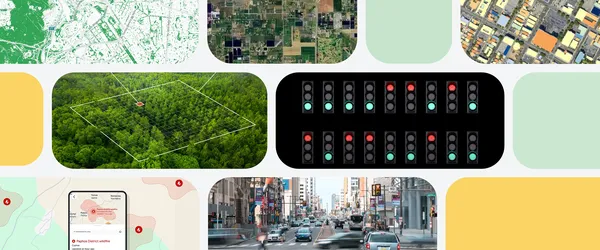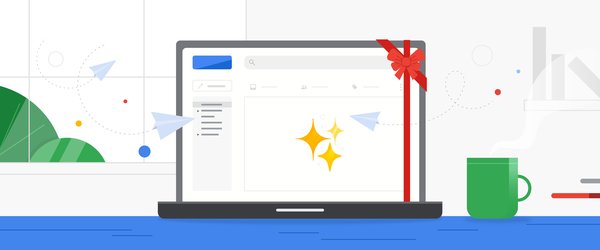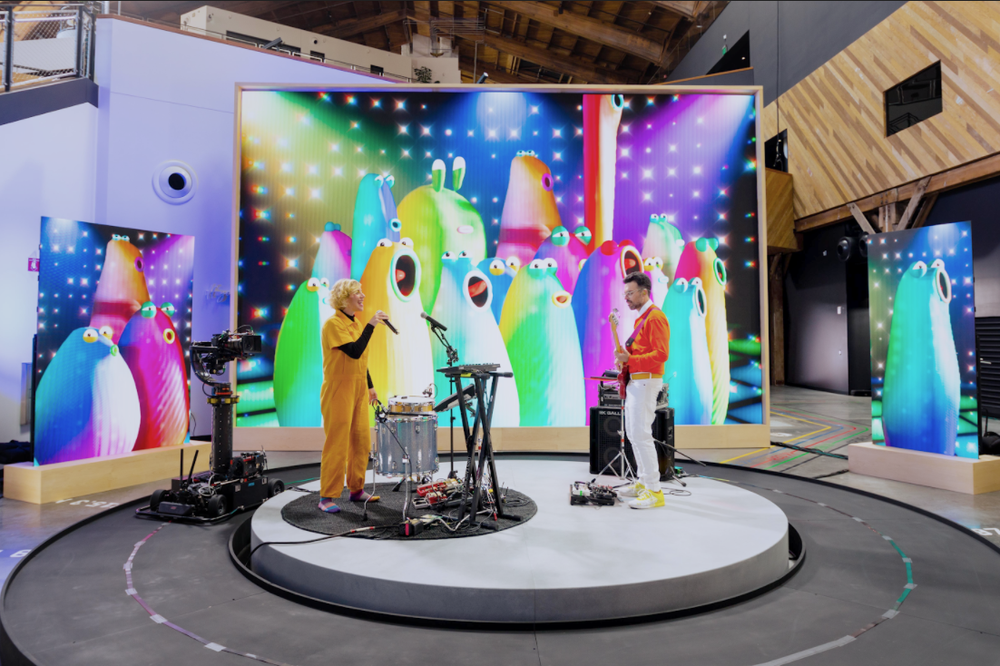When was the first time you realized you were interested in technology?
I was probably around 5 or 6. I know that we don’t usually think of things like plumbing or electricity as necessarily technology, but they are. I was very enchanted with plumbers and electricians who would come to our house and fix things. They would be dirty and greasy, but I would love the smell, you know? I felt like, Wow, what a miracle worker! I would follow them around, trying to figure out how they’d fix something. I still do that today!
So when you have electricians come to your house, you’re still like, “Hey, how did you do that?”
There was a leak once, and I was asking the plumber all these questions, and he asked me to quiet down! Because he needed to listen to the invisible flow of water through the pipes to determine the problem. It was amazing to me how similar it was to network engineering!
You’ve had a few different roles at Google and Alphabet so far. How did you move to where you are today?
When I first came to Google, my first role was bringing the Internet to emerging markets. Laying fiber in Africa, building public Wi-Fi in railroad stations in India and then exploring the landscape in countries like Cuba and countries where there wasn’t an openness yet for the Internet. And that was a fascinating job. It was a merger of technology, policy and governmental affairs, combined with an understanding of communities and regions.
Then I worked on bringing features and technology and Google’s products to the next billion users. And after I did that for a few years, I joined the Site Reliability Engineering organization to help enhance the performance of Google’s complex, integrated systems. Now my current role is leading the Research Center for Responsible AI and Human Centered Technology group. I'm inspired that my work has the potential to positively impact so many of our users.
Today you’re being inducted into the National Inventors Hall of Fame for your work in advancing VoIP technology. What inspired you to work on VoIP, and can you describe that process of bringing the technology to life?
I have alway been motivated by the desire to change the world, and to do that I try to change the world that I’m currently in. What I mean by that is I work on problems that I am aware of, and that I can tackle within the world that surrounds me. So when I began working on VoIP technology, it was at a time in the late ‘90s when there was a lot of change happening involving the internet. Netscape had put a user-friendly web browser in place and there was a lot of new activity beginning to bubble up all over the online world.
I was part of a team that was also very interested in doing testing and prototyping of voice communications over the internet. There were some existing technologies but they didn't scale and they were proprietary in nature, so we were thinking of ways we could open it up, make it scalable, make it reliable and be able to support billions of daily calls. We started to work on this but had a lot of doubters telling us that this wouldn’t work, and that no one would ever use this “toy like” technology. And at the time, they were right: It wasn't working and it wasn't reliable. But over time we were able to get it to a point where it started working very well. So much so that eventually the senior leaders within AT&T began to adopt the technology for their core network. It was challenging but an exciting thing for me to do because I like to bring change to things, especially when people doubt that it can happen.
What advice would you give to aspiring inventors?
Most importantly, don’t give up, and during the process of creation, listen to your critics. I received so much criticism and in many ways it was valid. That type of feedback motivated me to improve the technology, and really address a variety of pain points that I hadn’t necessarily thought of.
What does being inducted into the NIHF mean to you?
Well it's humbling, and a great experience. At the time I never thought the work that I was doing was that significant and that it would lead to this, but I’m so I'm very grateful for the recognition.
What does it mean to be a part of a class that sees the first two Black women inducted into the NIHF?
I find that it inspires people when they see someone who looks like themselves on some dimension, and I’m proud to offer that type of representation. People also see that I'm just a normal person like themselves and I think that also inspires them to accomplish their goals. I want people to understand that it may be difficult but that they can overcome obstacles and that it will be so worth it.
 Google products use AI technology to create sustainable city solutions for governments, researchers and academics.
Google products use AI technology to create sustainable city solutions for governments, researchers and academics.
 Google products use AI technology to create sustainable city solutions for governments, researchers and academics.
Google products use AI technology to create sustainable city solutions for governments, researchers and academics.
 At Google Cloud Next 2023, thousands of people gathered in San Francisco to learn about the newest updates from Google Cloud.
At Google Cloud Next 2023, thousands of people gathered in San Francisco to learn about the newest updates from Google Cloud.
 A recap of Google’s top announcements and initiatives in 2022.
A recap of Google’s top announcements and initiatives in 2022.
 If your goal is to digitally declutter, Gmail has lots of ways to help you out for the new year.
If your goal is to digitally declutter, Gmail has lots of ways to help you out for the new year.






